
Our Blog
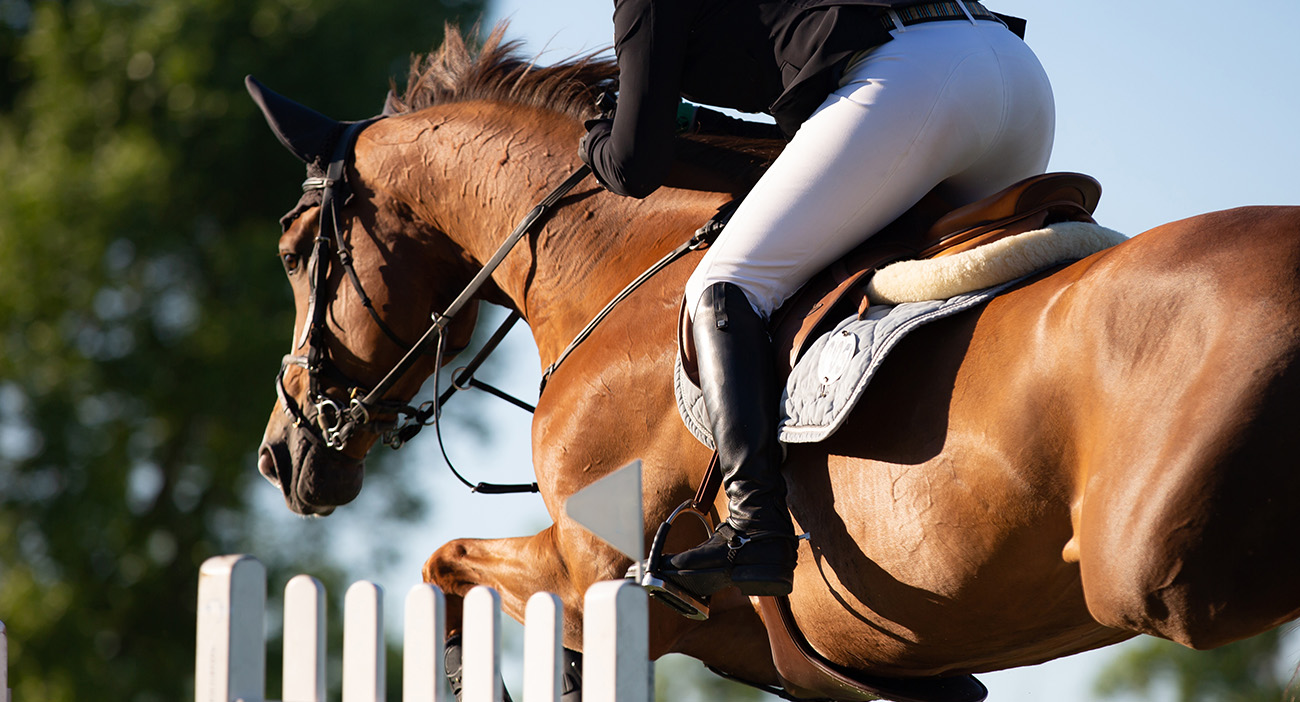
July 28, 2022
What Is Normal For My Horse?
Most horse owners are aware of the importance of knowing their horse’s vitals signs. With equine professionals highlighting the importance of this, it can be easy to overlook more basic factors. Knowing what is normal for each individual horse provides horse owners with key information, and indicates when something might be wrong.
But other than your horse’s vital signs, what else should you be keeping an eye on?
How much water should my horse drink?
As a guide, a horse requires around 5 litres of water, per 100kg of body weight per day. For a 500kg horse, this equates to approximately 25 litres of water per day. A horse’s water requirements will also be dependent on factors such as:
Age
Exercise intensity
Type of feed (moisture content within it)
Climate, especially how hot it is
Amount your horse sweats
For example, if the ambient temperature increases from 13 to 21?, this will increase a horse’s water requirements by 15-20%.
To gauge your horse’s daily water intake, monitor how much they drink over the course of a “normal” week. Take an average of this to try get an estimate of their daily intake and keep a record of this. A standard Stubbs water bucket is 25 litres and tubtrugs typically hold between 26 and 75 litres.
Remember, if a horse’s routine, exercise or diet changes this can have an impact on water intake. When fed haylage a horse’s water intake is likely to be lower than a horse fed on haylage. This is due to the increase in moisture content within the haylage. If a horse exercises more, this will increase the water intake as they are likely to lose more water through sweat.
How much forage should my horse eat?
A horse requires a minimum of 1.5% of their body weight in dry matter per day to keep the digestive system working correctly. If you had a 500kg horse where hay is their only forage source (assuming this hay is 85% dry matter), they would require a minimum of 8.8kg of hay per day. If this horse were to have haylage as their primary forage source (assuming 70% dry matter) this would increase to 10.7kg per day. Note, forage can include hay, haylage, grass and any high fibre bucket feeds. It is important to remember that for performance horses, the overall required intake can increase further. This is dependent on workload, weight and condition. If you are unsure or want to double-check, contact our nutritionist today.
It is also useful to know how much hay or haylage your horse typically eats. You can use this as a point of reference when staying and/or competing away from home. To do this, over a period of a week or so, weigh the daily ration of hay and haylage, and weigh what is left once your horse has finished eating. Average this out to get a rough approximation of how much your horse eats over a 24hr period. Note that soaked or dampened hay may skew values, so it is important to weigh the hay before you soak/dampen it to give a more accurate result.
What should I look for in my horse's poo?
It is also important that you know what is normal for your horse in regards to their manure. This is a key indicator of digestive function, and therefore overall health. When introducing changes to routine and feed, a horse’s manure can be an excellent indicator of how they are coping. There can be significant variation between horses. For example, day-to-day changes could be normal for some, and abnormal for others. Therefore knowing what is typical for your horse is important.
When doing this, consider the following:
Control - The time it takes for your horse to defecate (the average is around 15 seconds)
Frequency - How many droppings does your horse do on average each day. Bear in mind that this can vary depending on factors such as diet and exercise. On average mares and geldings defecate 6-12 times a day but for foals and stallions, this could double.
Consistency - Ideally your horse's poo will be in balls and they will be moist, but not too wet. But for some horses, this isn’t their “normal”. Material within droppings should be well broken down with no recognisable evidence of long fibre lengths or other feedstuffs. Consistency could change temporarily post exercise/travel. If this is sustained or occurs at an unusual time this may indicate digestive disruption.
Manure colour - This is usually a shade of green. This can change depending on diet. A lighter green is often seen when a horse has eaten lush grass, and a browner town is seen with lower quality hay.
Changes in Smell - This can coincide with dietary changes. Notably strong-smelling manure can be a result of rapid dietary changes or high parasitic burdens.
How should I manage my horse's weight and condition?
Ideally, horse owners should monitor their horse's body weight on a weekly basis. You can do this using a weigh tape, or weighbridge if this is available. If you don’t often use a weighbridge, if you do get a chance to use one, use it with a weigh tape so that you can see how accurate the weigh tape is for your horse.
A horse's weight can fluctuate throughout the day depending on their routine. Therefore, we recommend you weigh your horse at the same time each week, in relation to your horse's routine. Bear in mind that weight can fluctuate as much as 30-60kg just from heavy exercise and travelling. It can also vary as much as 5kg from general feed, water intake, defecation, urination and hydration. Therefore we don’t recommend that you focus on each weigh-in in isolation. Instead, look at the bigger picture by looking at trends over time.
With performance horses, it is important to remember that muscle is heavier than fat. Therefore, you could expect some weight gain with improved performance. This is due to an increase in muscle mass. This is where body condition scoring alongside monitoring your horse’s weight is important. Body condition scoring appraises how much body fat a horse is carrying. Keeping a record of this will allow you to look for any association with their performance which could help fine-tune your horse’s management.
Throughout the competition season, we recommend keeping a diary of these factors before and after a competition. This can help your track what is normal for your horse within every scenario. It also helps you to reflect back on the competition season, helps optimise your horse's management for future competition and allows you to spot the first signs that something isn’t “quite right”.
In summary:
Measure how much your horse drinks over a set period of time. Average this out to work out how much your horse is likely to drink in a day.
Increase the volume of water offered during hot periods, routine changes and increases in exercise intensity.
Like you did with that water intake, measure forage intake over a set period of time. Average this out to work out how much your horse tends to eat in a day.
A horse requires a minimum of 1.5% of their body weight in dry matter per day to keep the digestive system working correctly.
When monitoring your horse's poo, consider consistency, frequency, control, colour and changes in smell.
Weigh your horse on a regular basis.
Remember that muscle is heavier than fat, this is why using body condition scoring alongside a weigh tape or weighbridge is important
Note down what is normal for your horse, so that you can spot when something "isn't quite right".
~
For help on working out which forage to feed your horse, and how much you should be feeding them, speak to our nutritionist today.

April 4, 2024
Eat, Sleep, Compete, Repeat
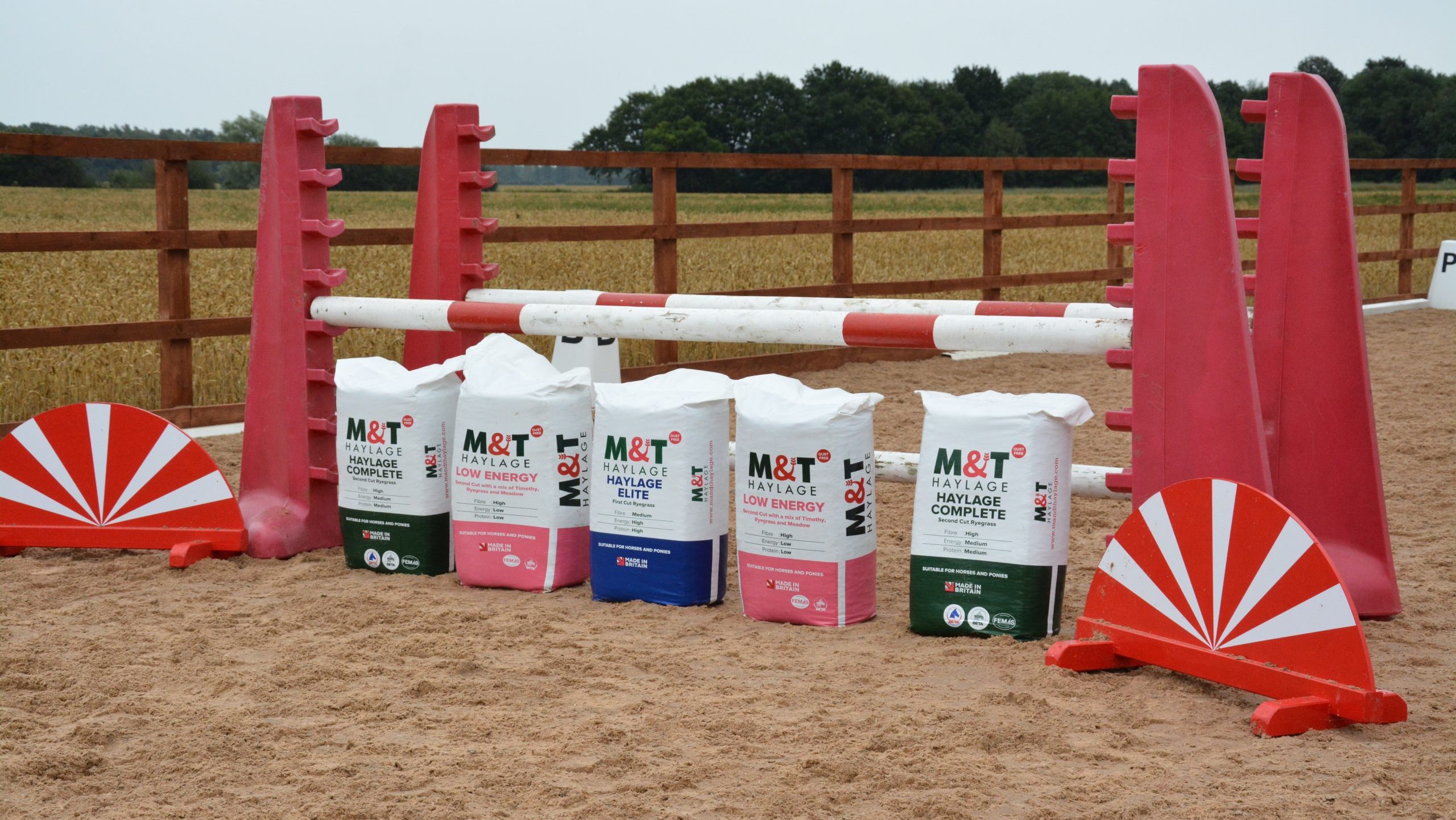
March 8, 2024
Top Tips For Managing Forage On The Go: Part Two

March 8, 2024
Consistency Is Key for Horses
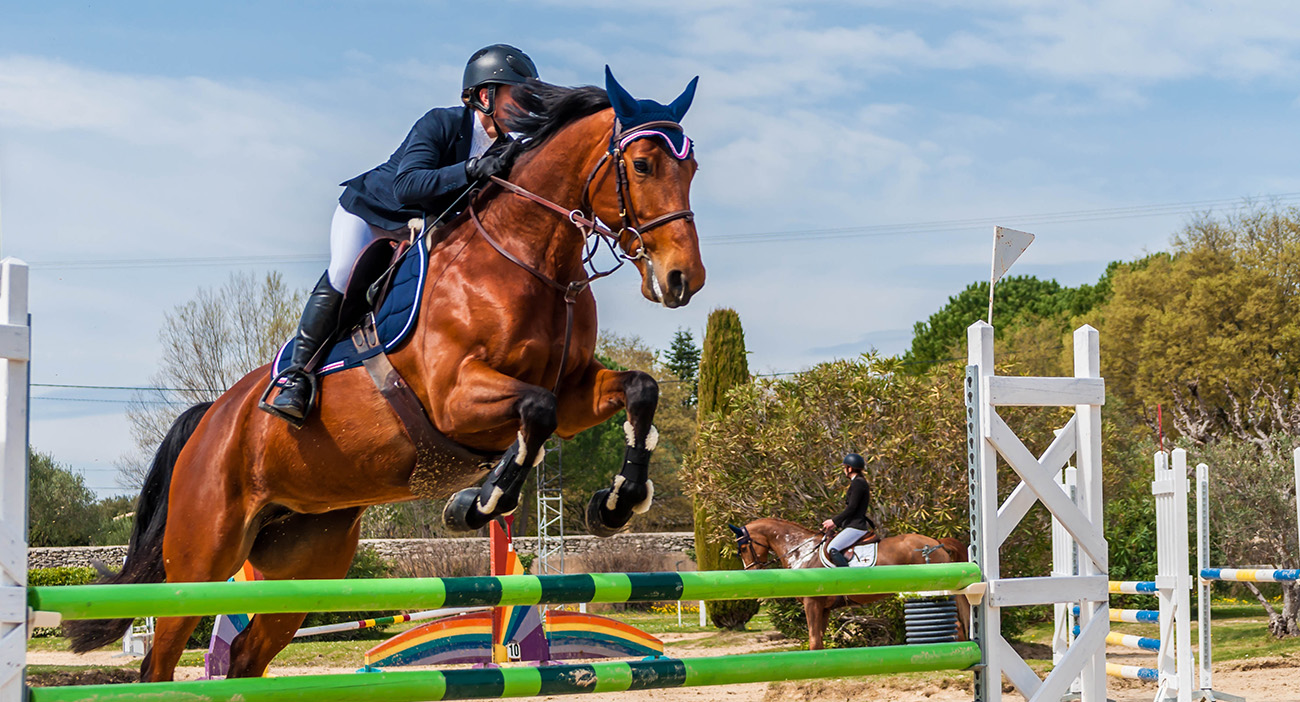
February 19, 2024
Don’t Underestimate The Value of Preparation
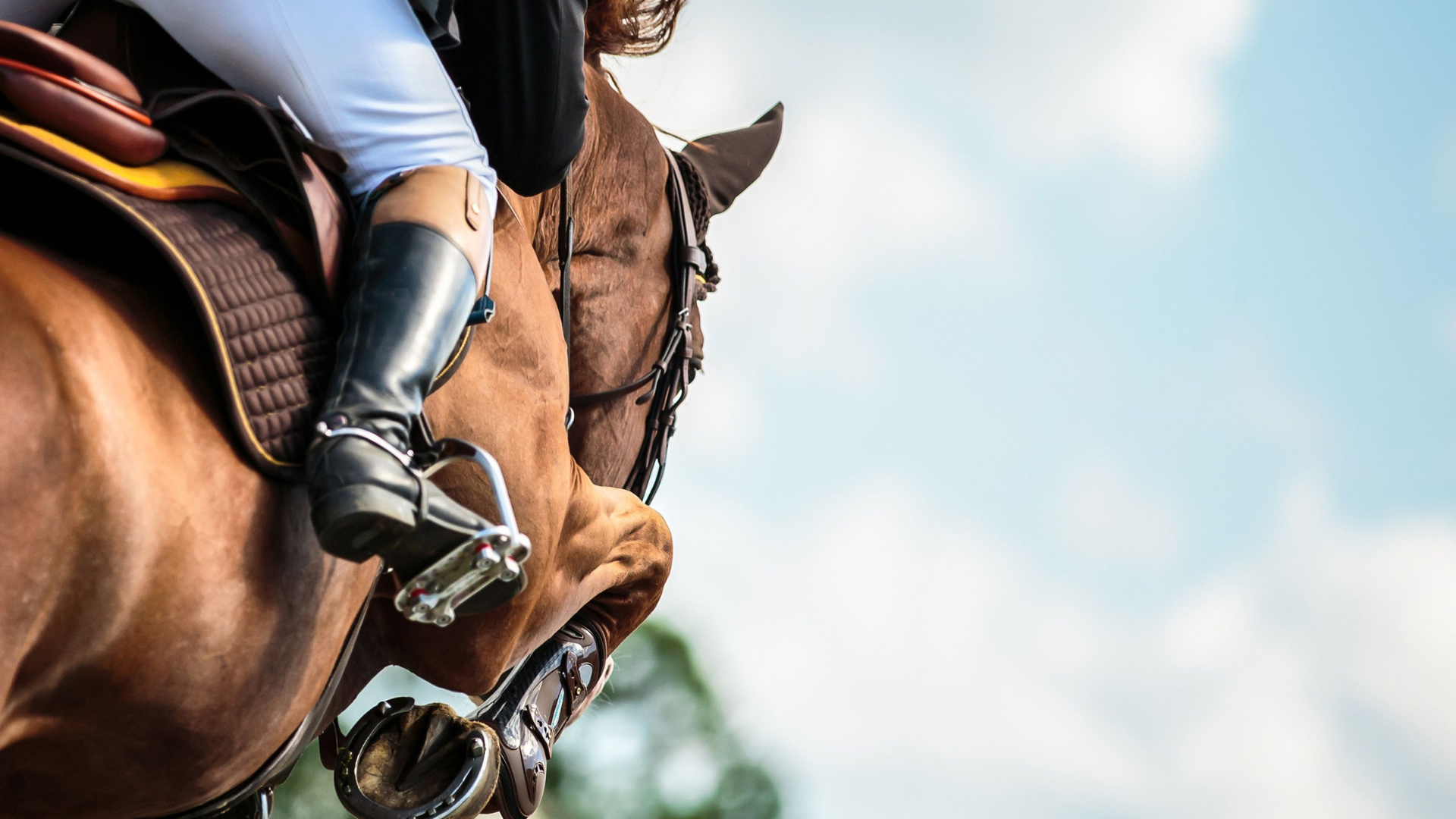
February 6, 2024
Know Your Horse Inside Out
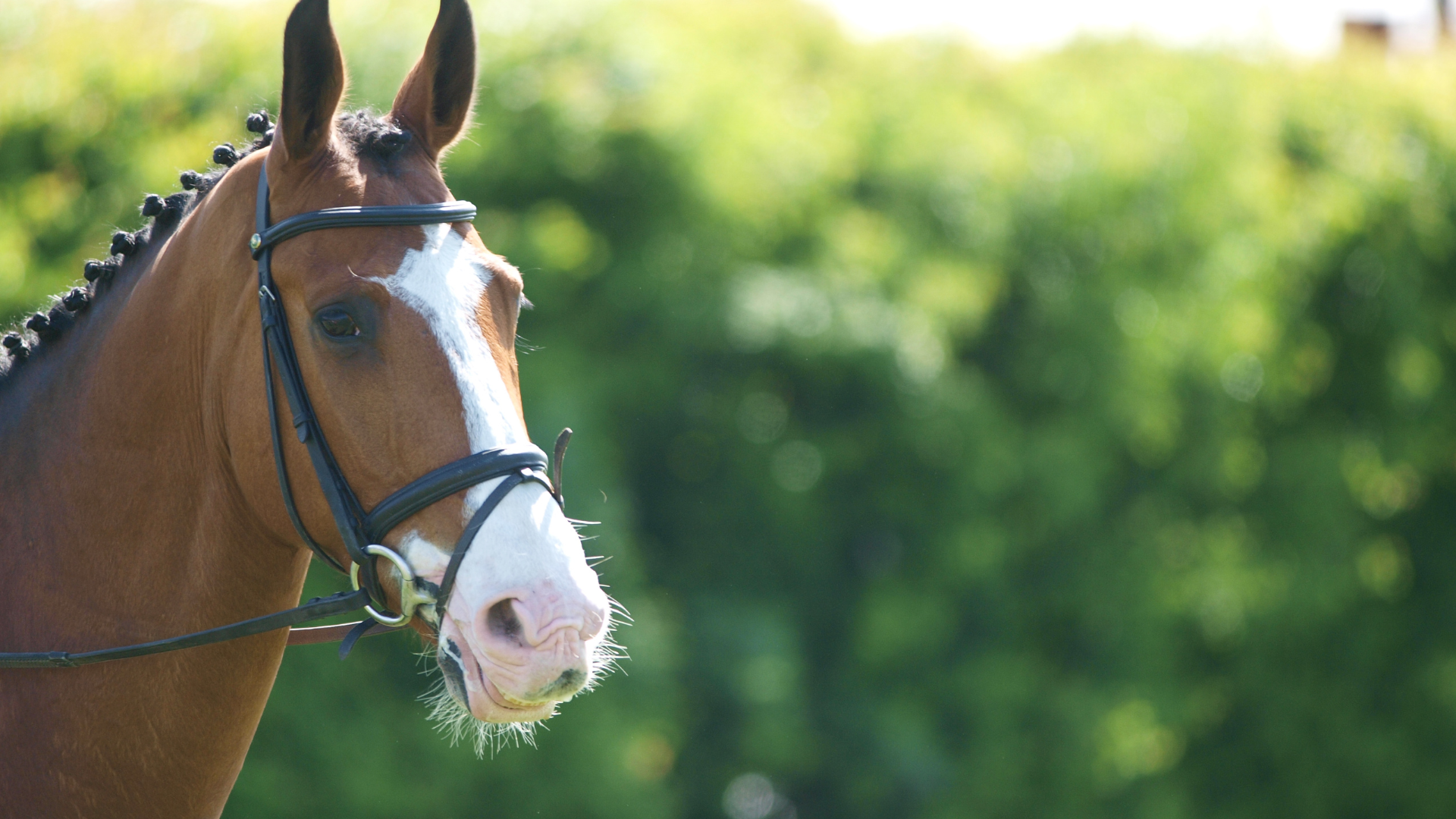
December 11, 2023
How To Get The Most Out Of Your Horse Forage During Winter

November 7, 2023
Which Hay Shall I Feed My Horse or Pony?
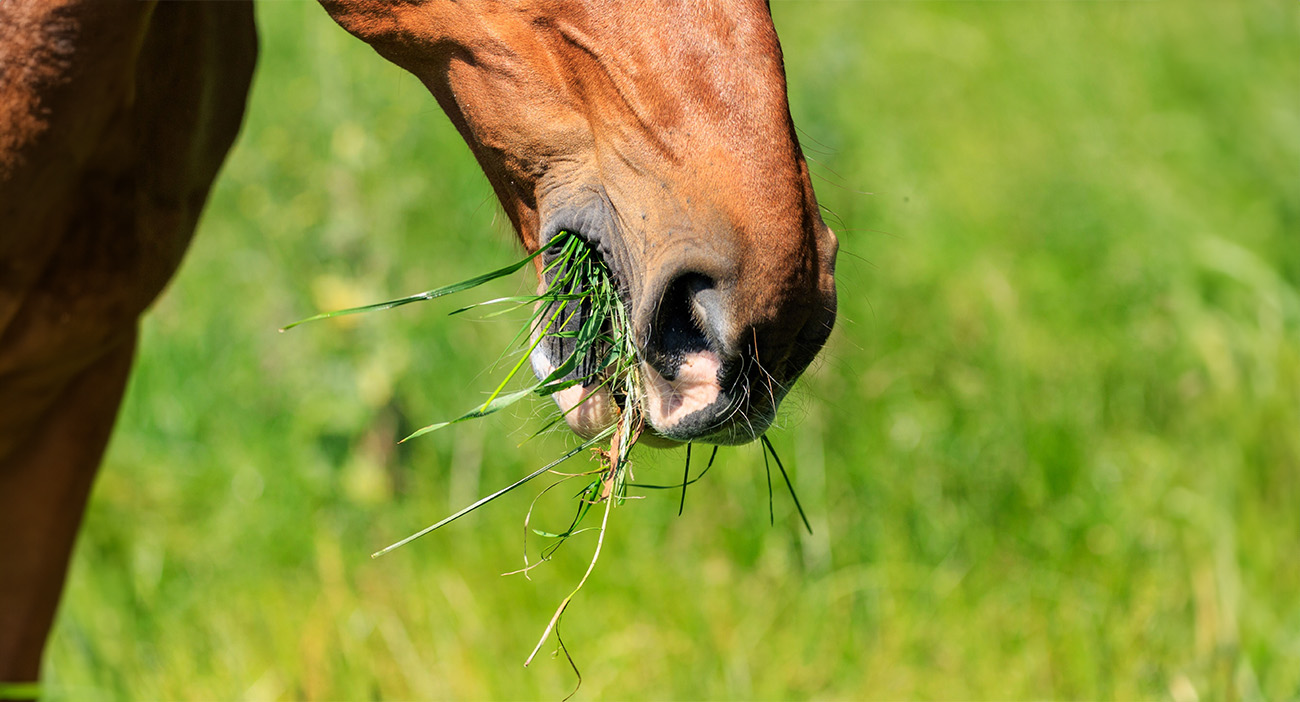
September 14, 2023
Hay Exportation – Why Choose British Hay?

April 24, 2023
Changing Your Horses Diet From Winter to Spring
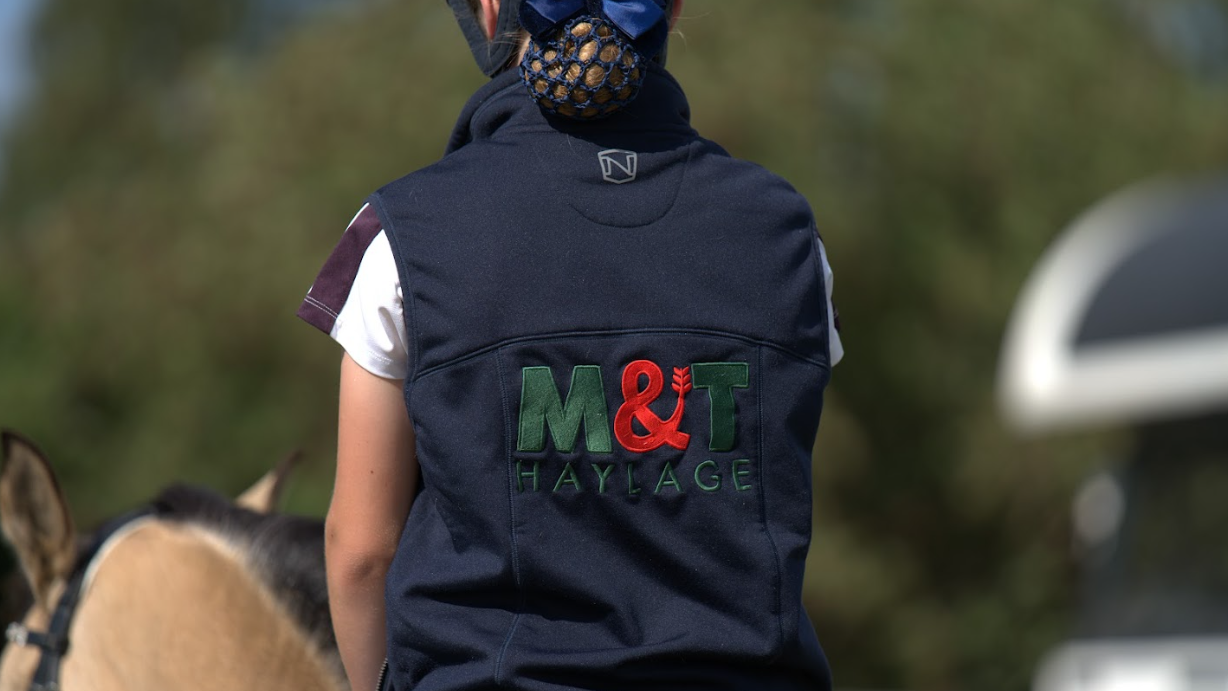
March 3, 2023
Hay vs Haylage: Which Is The Right Option For Your Horse?
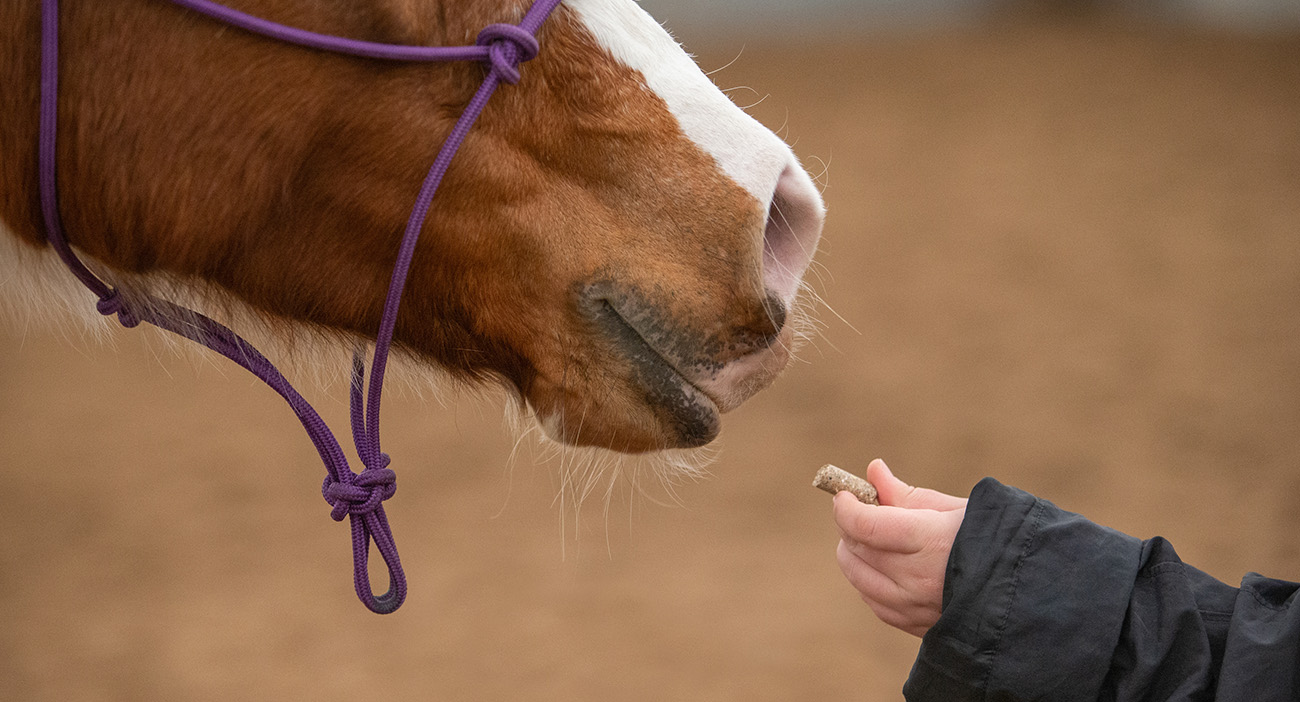
January 13, 2023
How To Bring A Horse Back Into Work After A Break
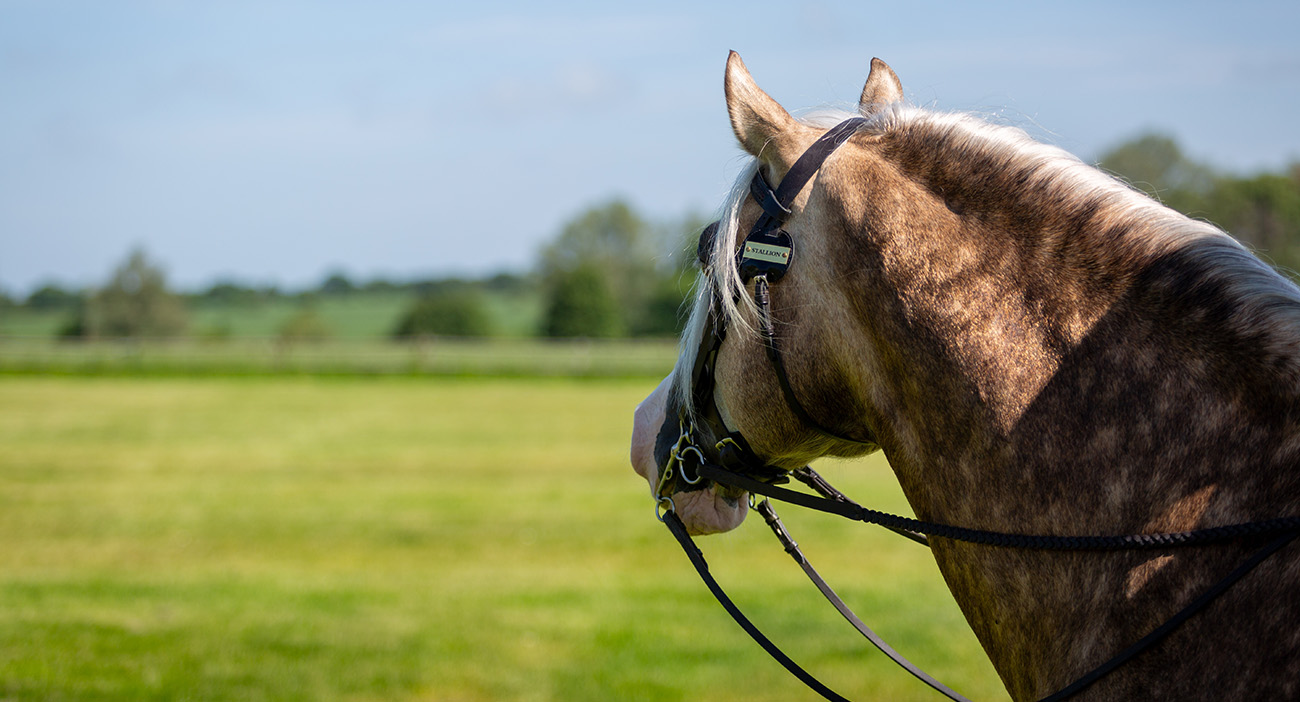
November 23, 2022
How To Body Condition Score Your Horse
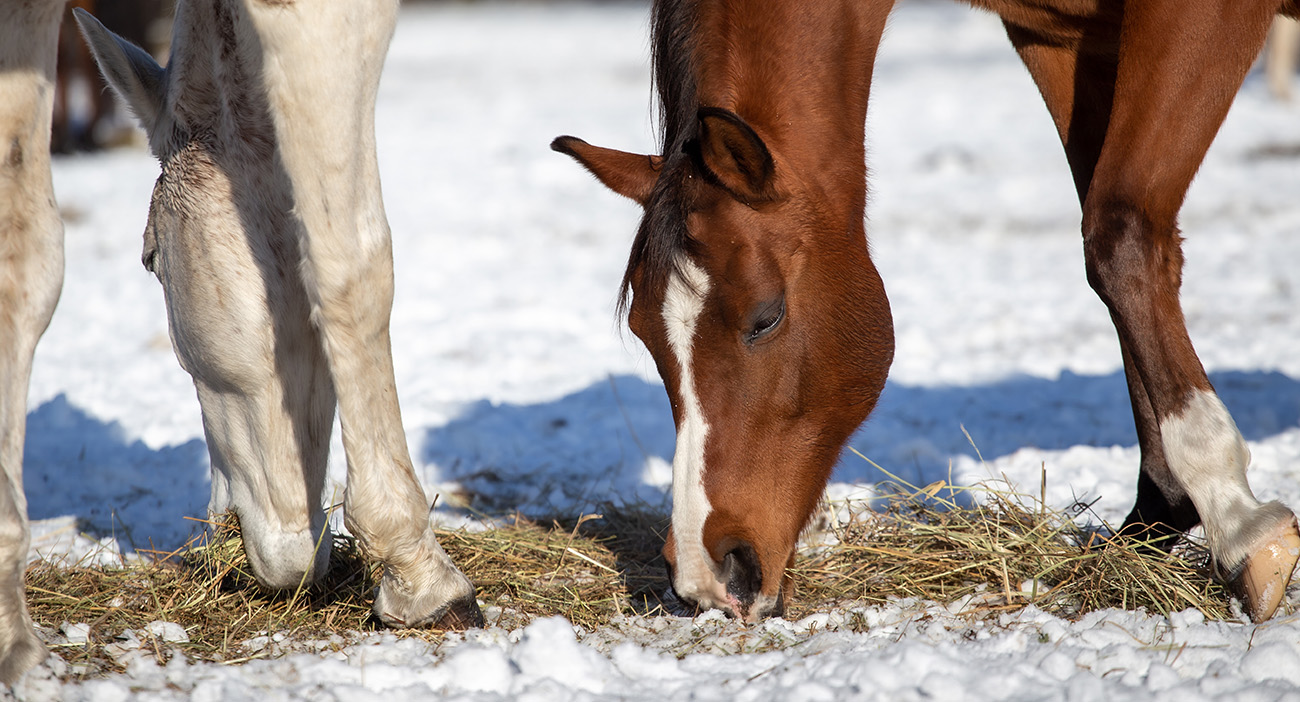
November 7, 2022
Winter Feeding Tips For Horse Owners
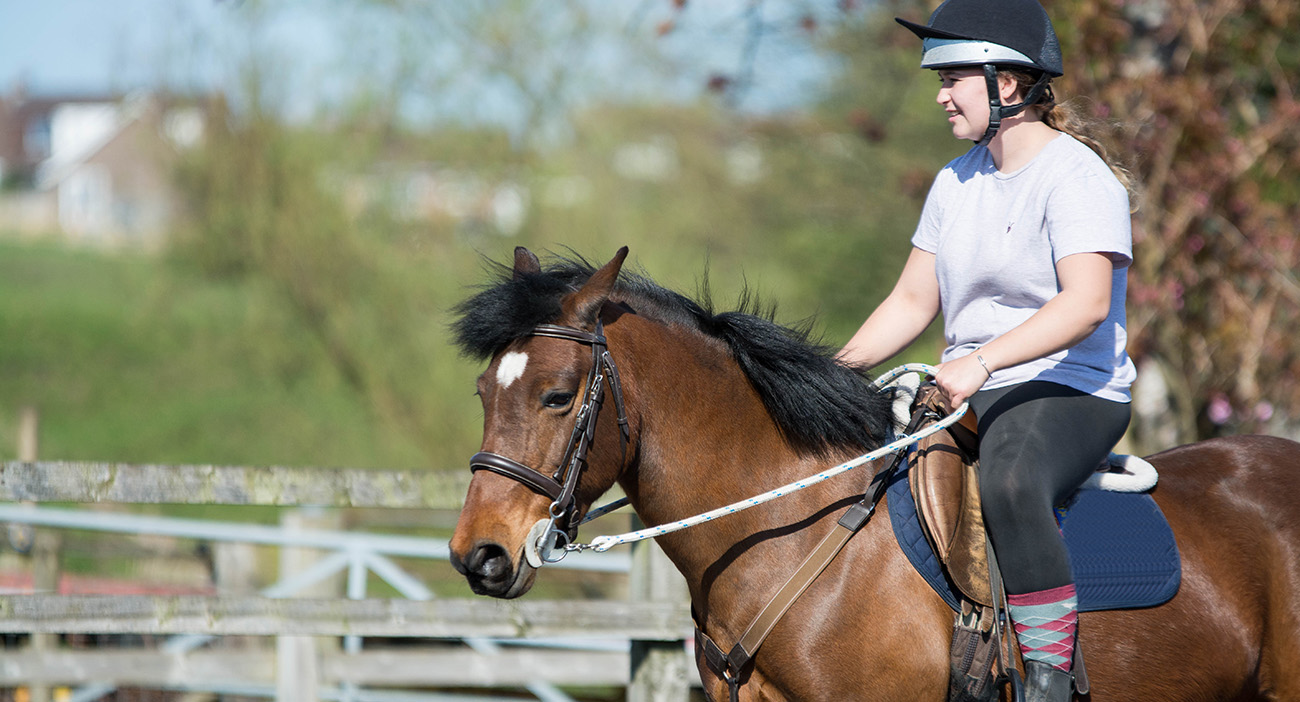
October 20, 2022
Money Saving Tips For Horse Owners
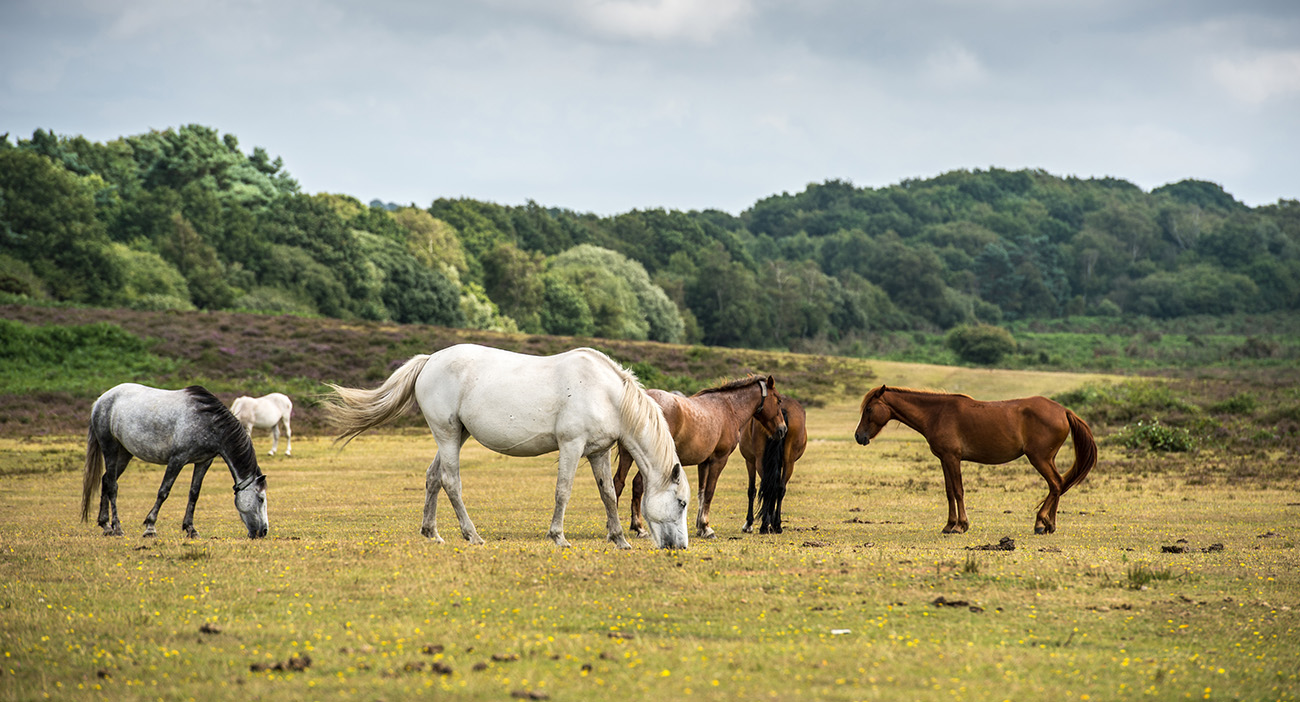
October 3, 2022
8 Ways To Keep Your Horse Entertained

September 30, 2022
Equestrian Question and Answer Session: Sophie Platt
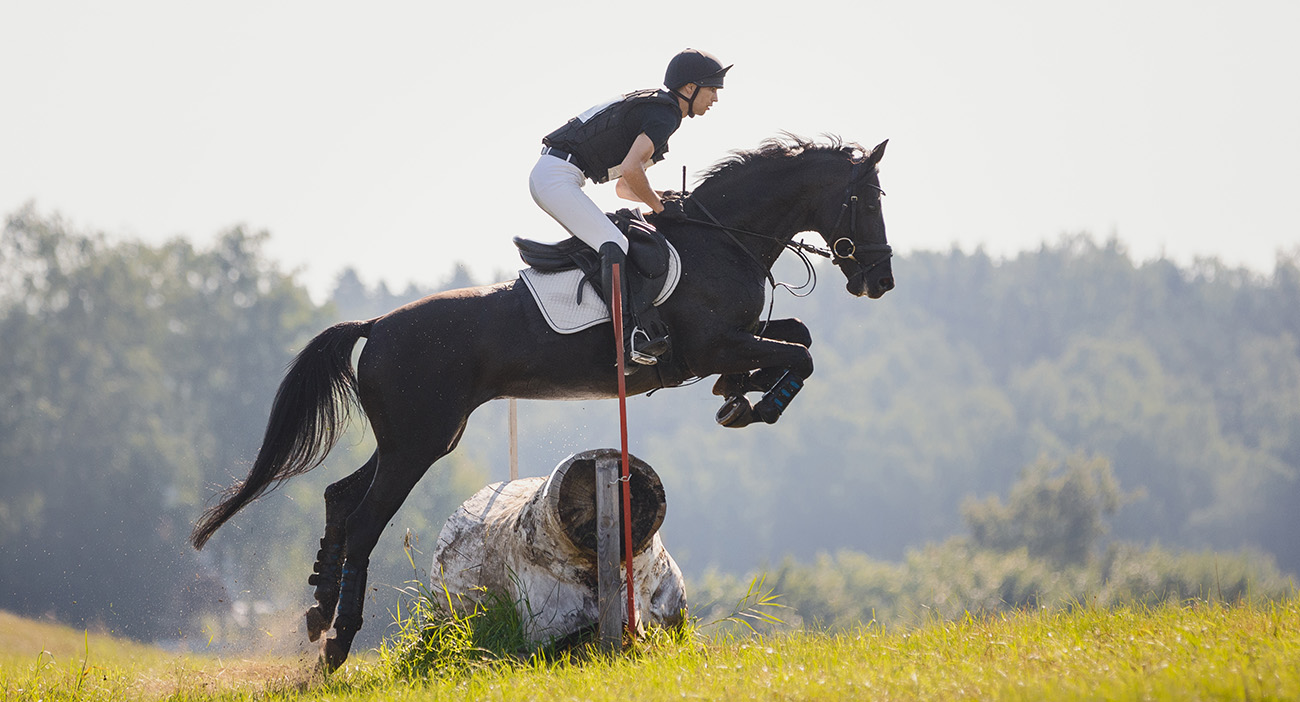
August 25, 2022
Preparing Your Horse For Competition

July 28, 2022
What Is Normal For My Horse?
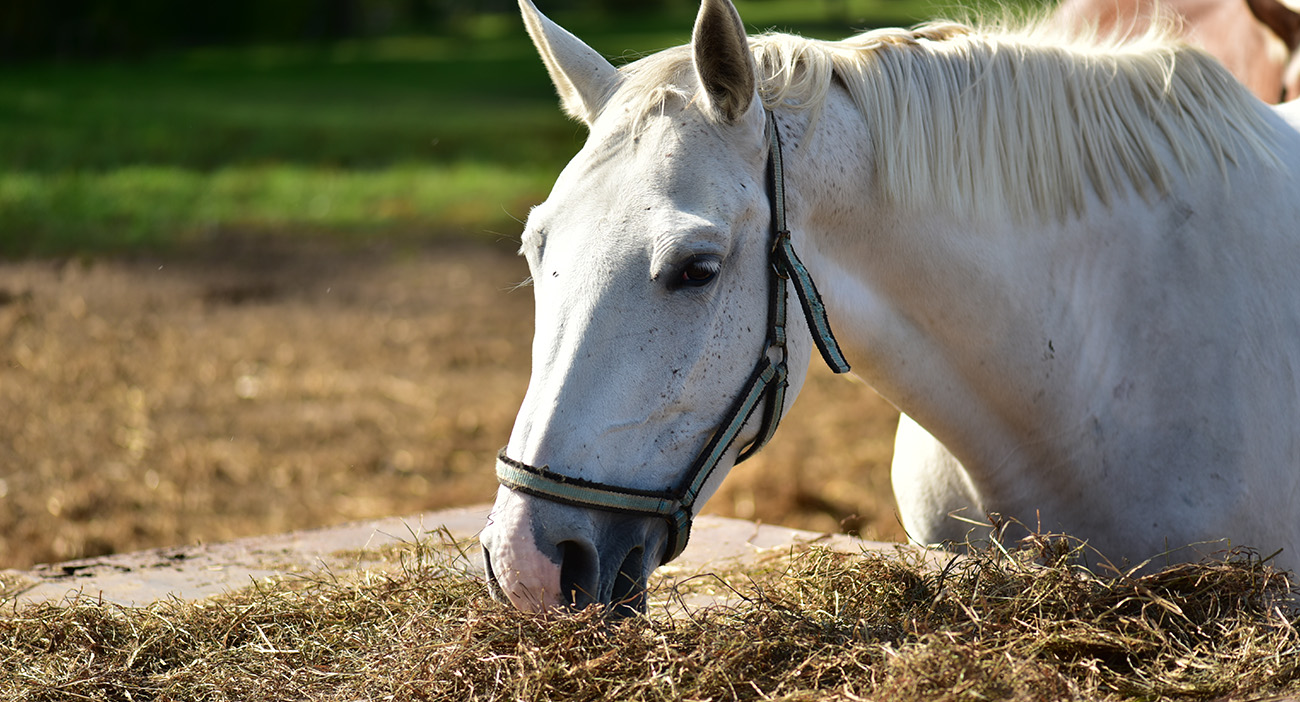
June 30, 2022
Compeition Horses: Managing Forage and Water Intake
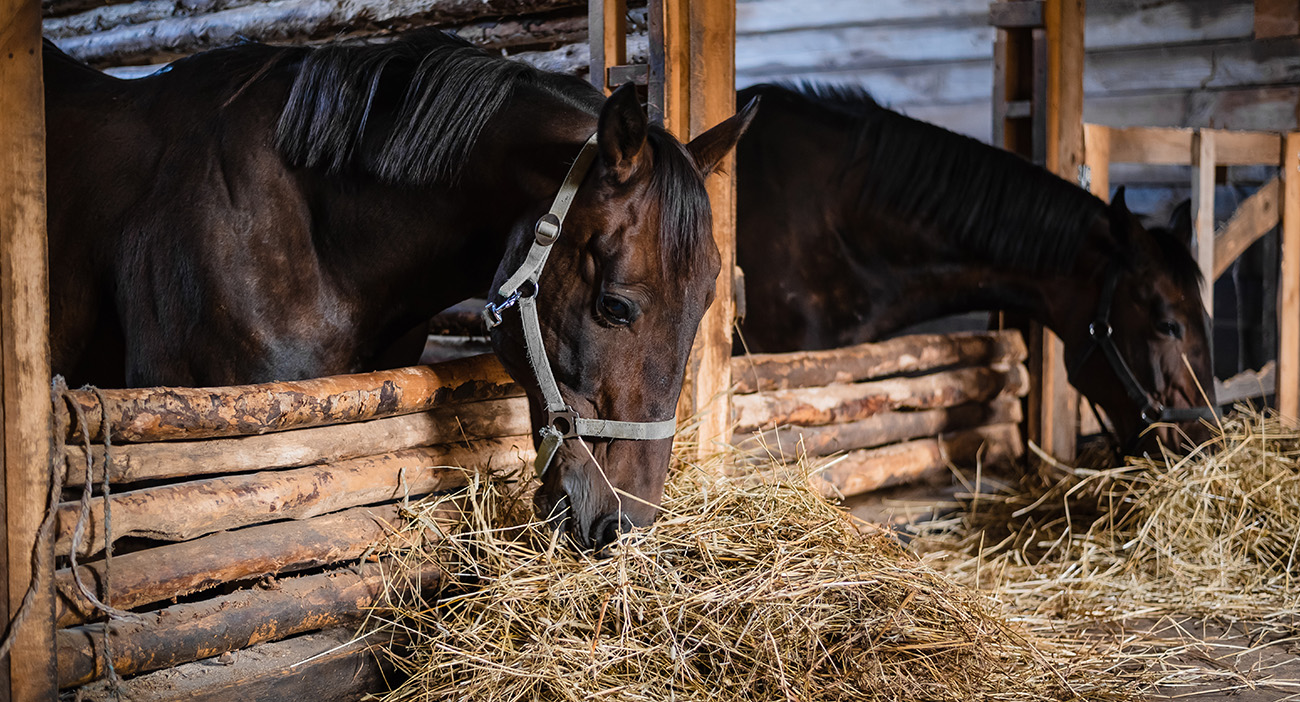
October 1, 2021
How To Feed EMS Horses: Nutritionist Top Tips For Horses
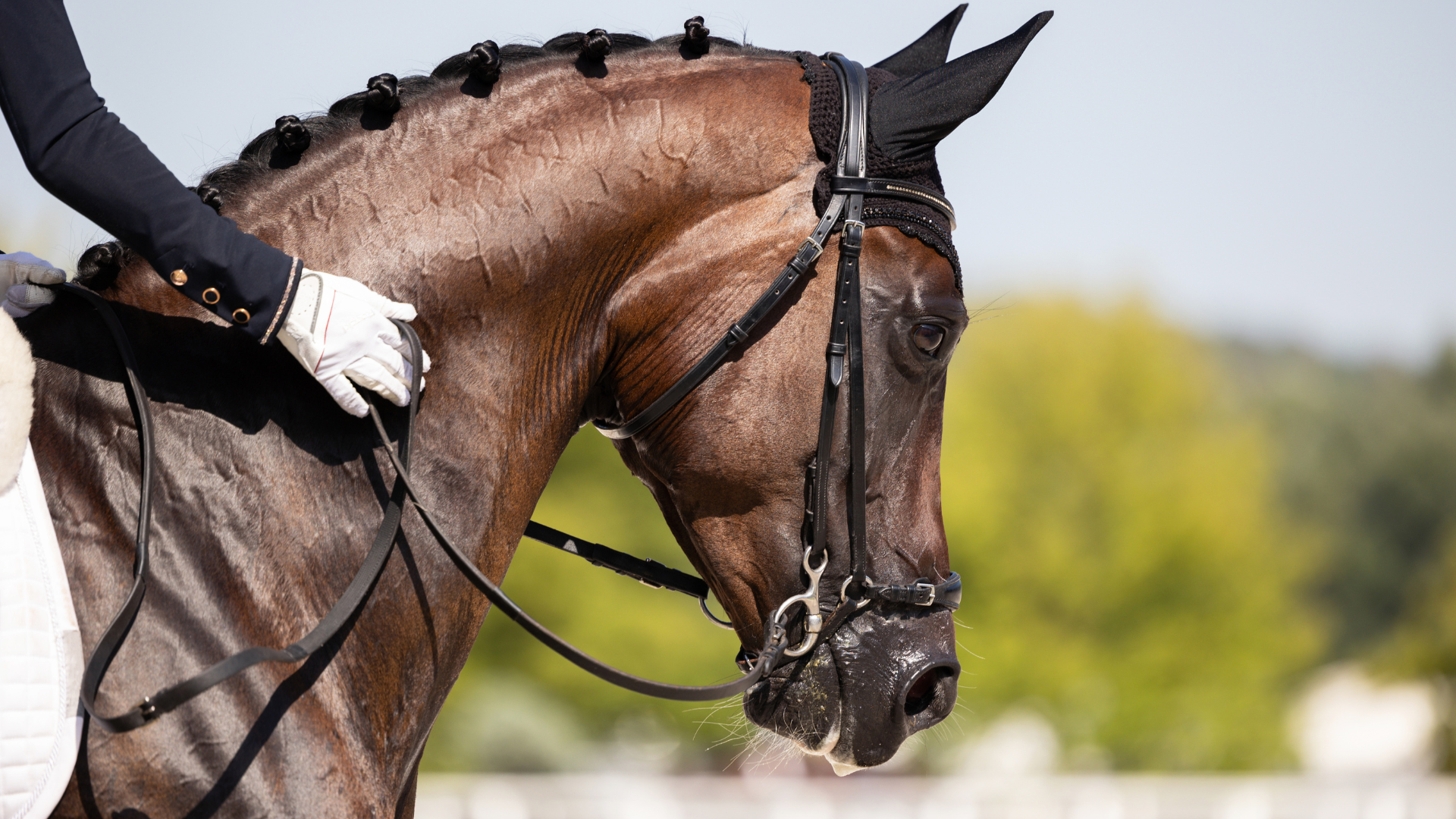
September 22, 2021
Feeding The Equine Athlete
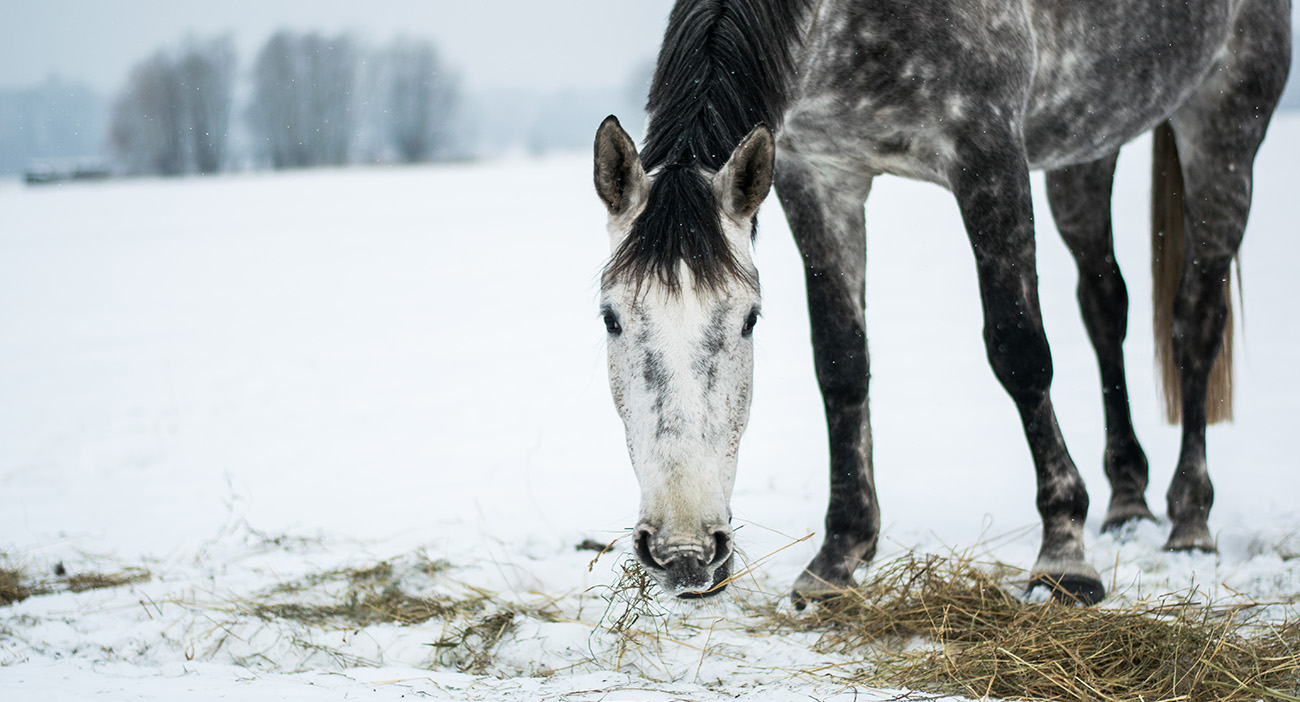
September 7, 2021
How To Feed Your Horse Indoors This Winter
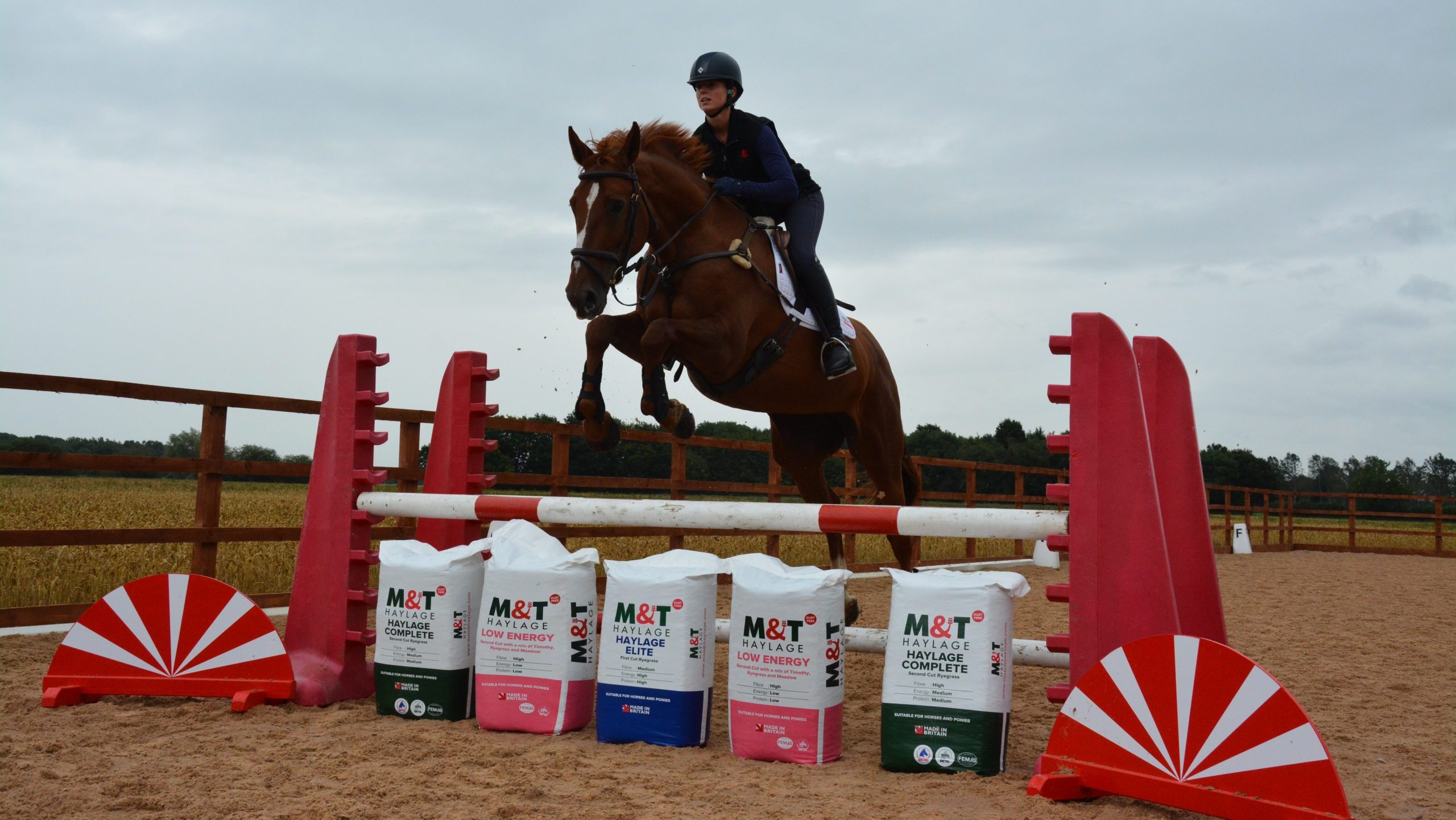
December 7, 2020
Premium Horse Forage: Ask The Nutritionist
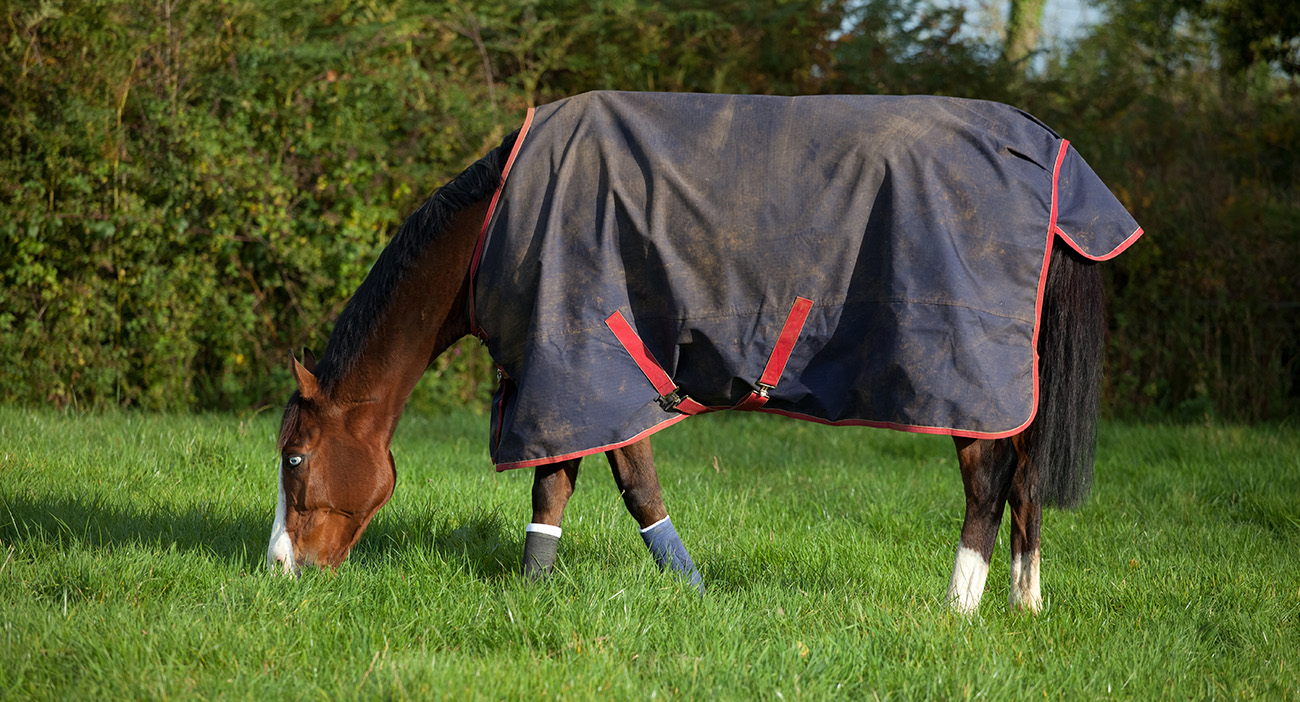
July 9, 2020
Top Tips For Managing Forage For Horses On The Go: Part One
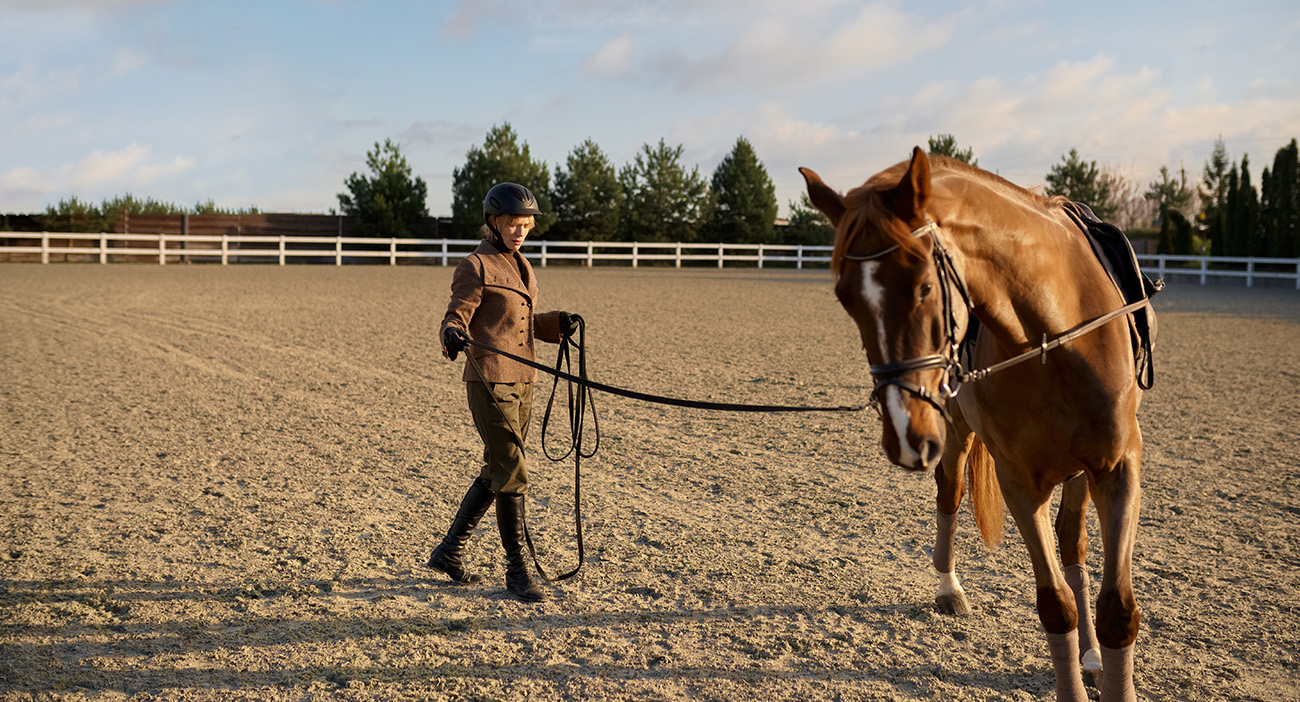
January 16, 2020
Haylage Myth Buster: Nutritionist Top Tips for Horses





